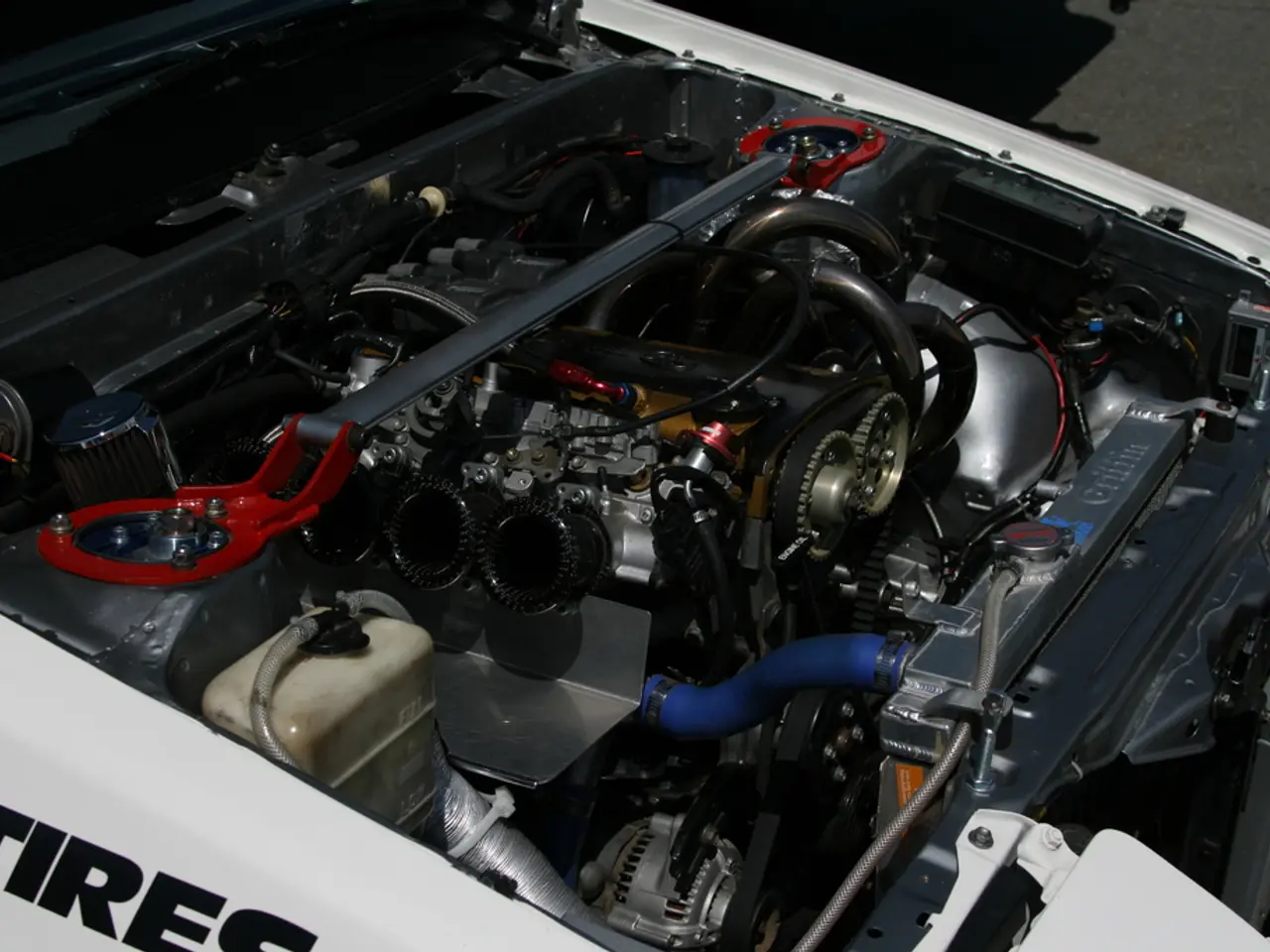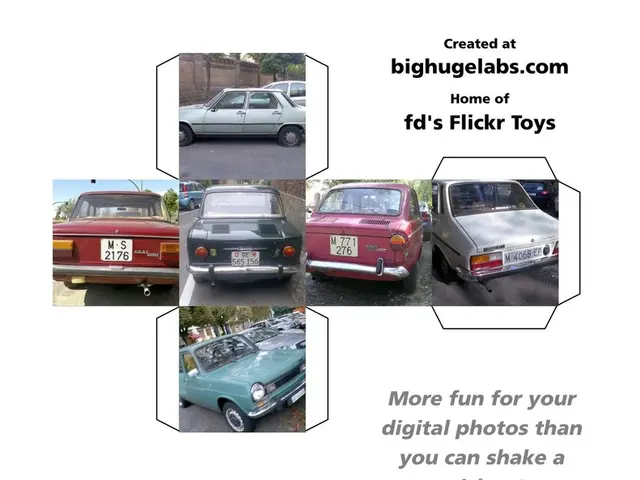"CATL's groundbreaking advance in electrolytes potentially doubles battery lifespan, poised to stir up electric vehicle market."
Chinese Battery Giant CATL Unveils Breakthrough Lithium-Metal Battery Prototype
In significant breaking news for the electric vehicle (EV) industry, Chinese battery manufacturer CATL has unveiled a new lithium-metal battery (LMB) prototype. This could be the voltage jolt the industry needs to bring high-density, long-lasting batteries out of the lab and onto the road.
The company, which spent $2.59 billion (NZ$4.3 billion) on research and development last year, has not disclosed when - or if - this particular LMB technology will hit production EVs. However, the new prototype has already shown promising results.
The key to the endurance boost of the new LMB prototype is the use of a new lithium salt - LiFSI. This salt, combined with a LiFSI-based electrolyte, has significantly reduced degradation and improved the stability and longevity of the new LMB prototype. The new electrolyte opens doors for news today in solid-state battery research.
The new LMB prototype outpaces today's solid-state and nickel manganese cobalt (NMC) cells in energy density. It can withstand 483 full charge-discharge cycles and delivers 500Wh/kg of energy density, typically topping out at around 300Wh/kg for solid-state and NMC cells.
CATL's co-president of R&D, Ouyang Chuying, states that LiFSI salt consumption and overall salt concentration are fundamental determinants of battery longevity. The new LMB prototype juggles energy density and lifespan with newfound finesse, delivering a significant improvement over earlier versions with twice the cycle life.
This advancement in LMB and solid-state battery chemistries can spill into each other due to shared structural similarities and performance goals. The search results do not provide information about which research group developed the LiFSI-based electrolyte for the lithium metal battery or the expected year of publication.
The new LMB prototype's breakthrough could mark a significant step forward in the EV industry's quest for more efficient, longer-lasting batteries. As CATL continues to refine the technology, we may see high-density, long-lasting batteries becoming a reality for EVs in the near future.
Read also:
- Hydrogen set to revolutionize India's space expeditions, transportation sector, and clean energy ambitions, according to ISRO Chairman's claims
- Strategic approach to eco-friendly nickel production for electric vehicles in Europe
- Solar energy company, Imperium, alongside QORAY Mobility & Energies Solar Business, bolsters Nigeria's environmental future by producing superior solar panels domestically and offering flexible payment options.
- AI Inspection Company, Zeitview, Secures $60 Million Funding for Expansion








